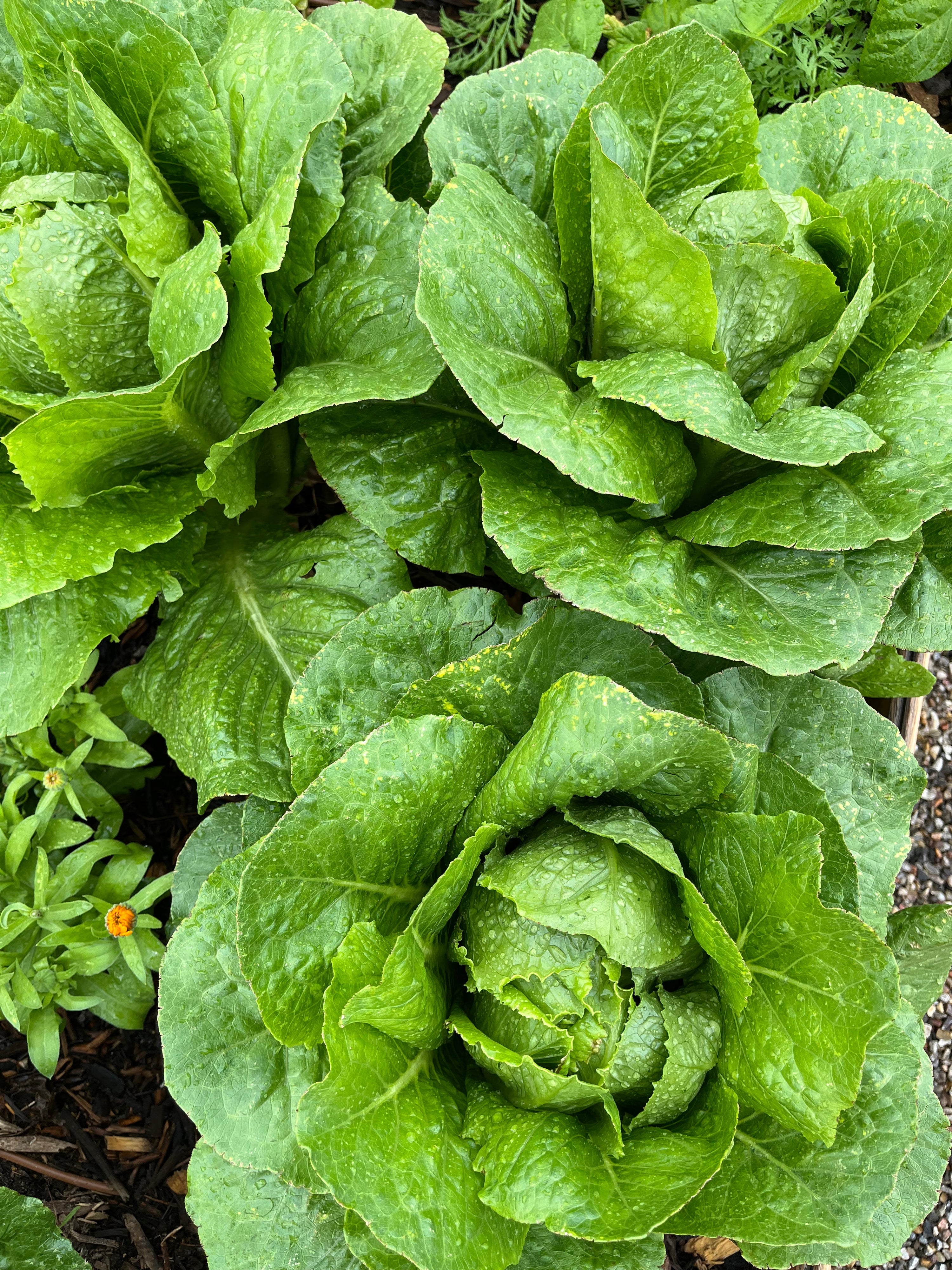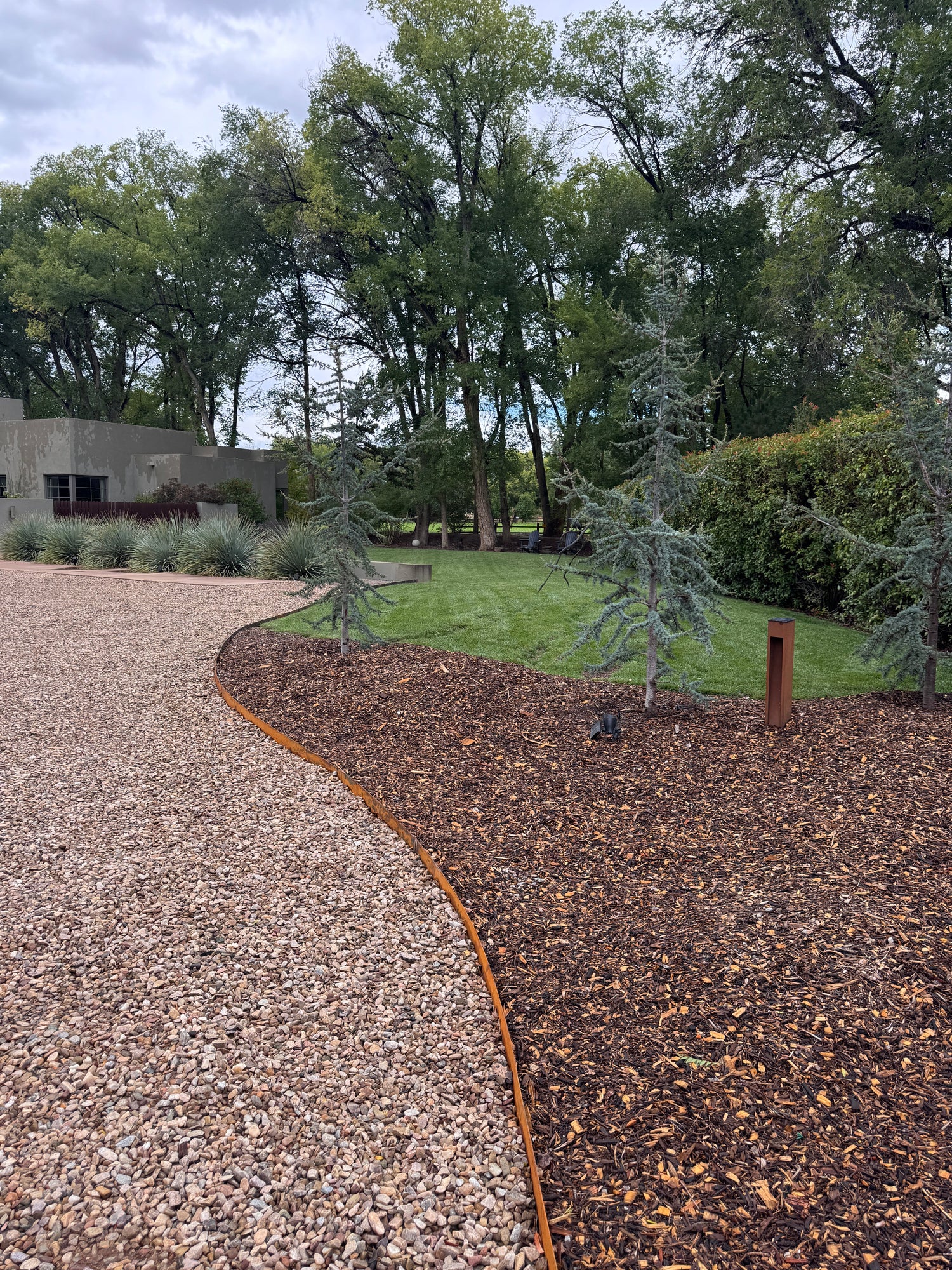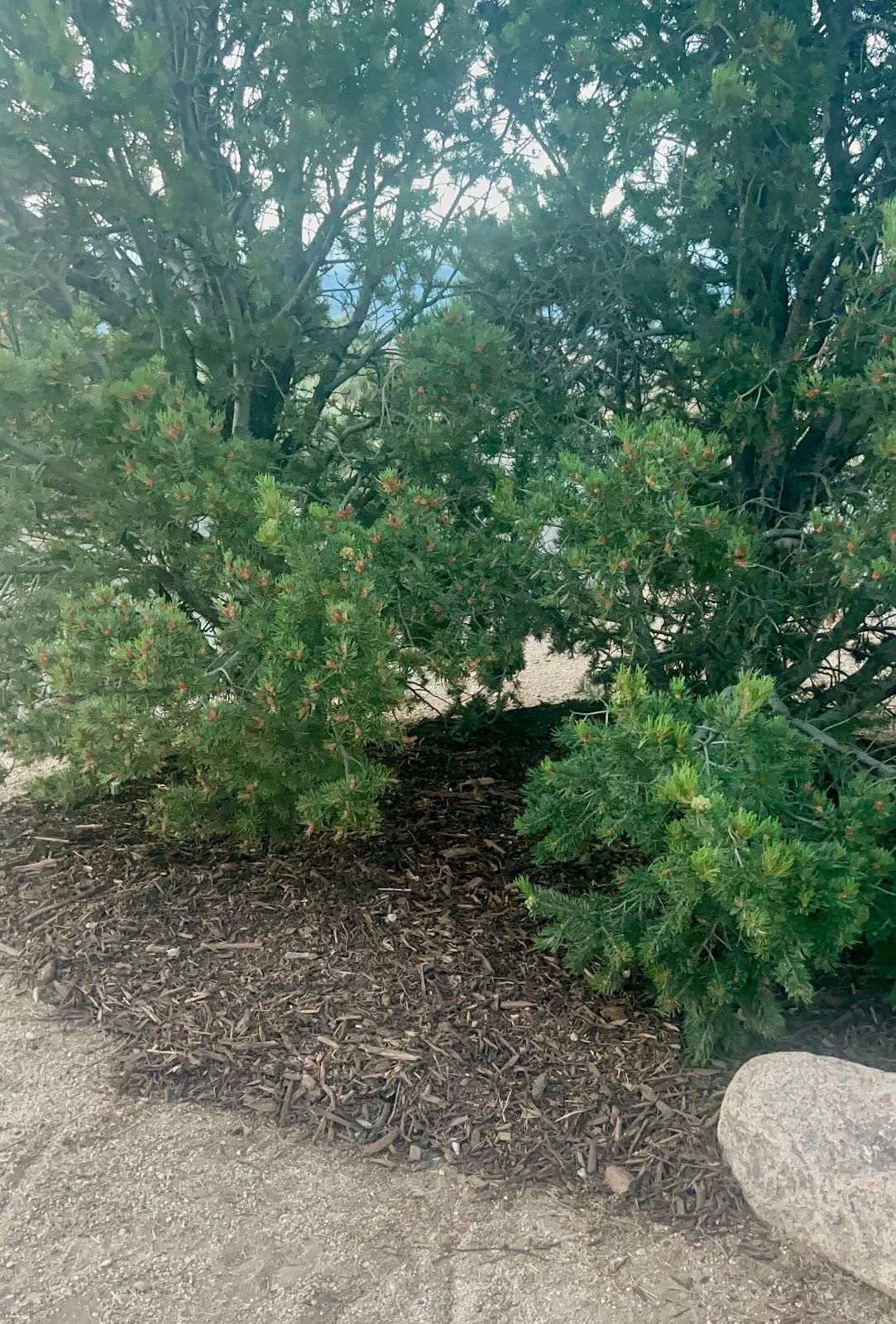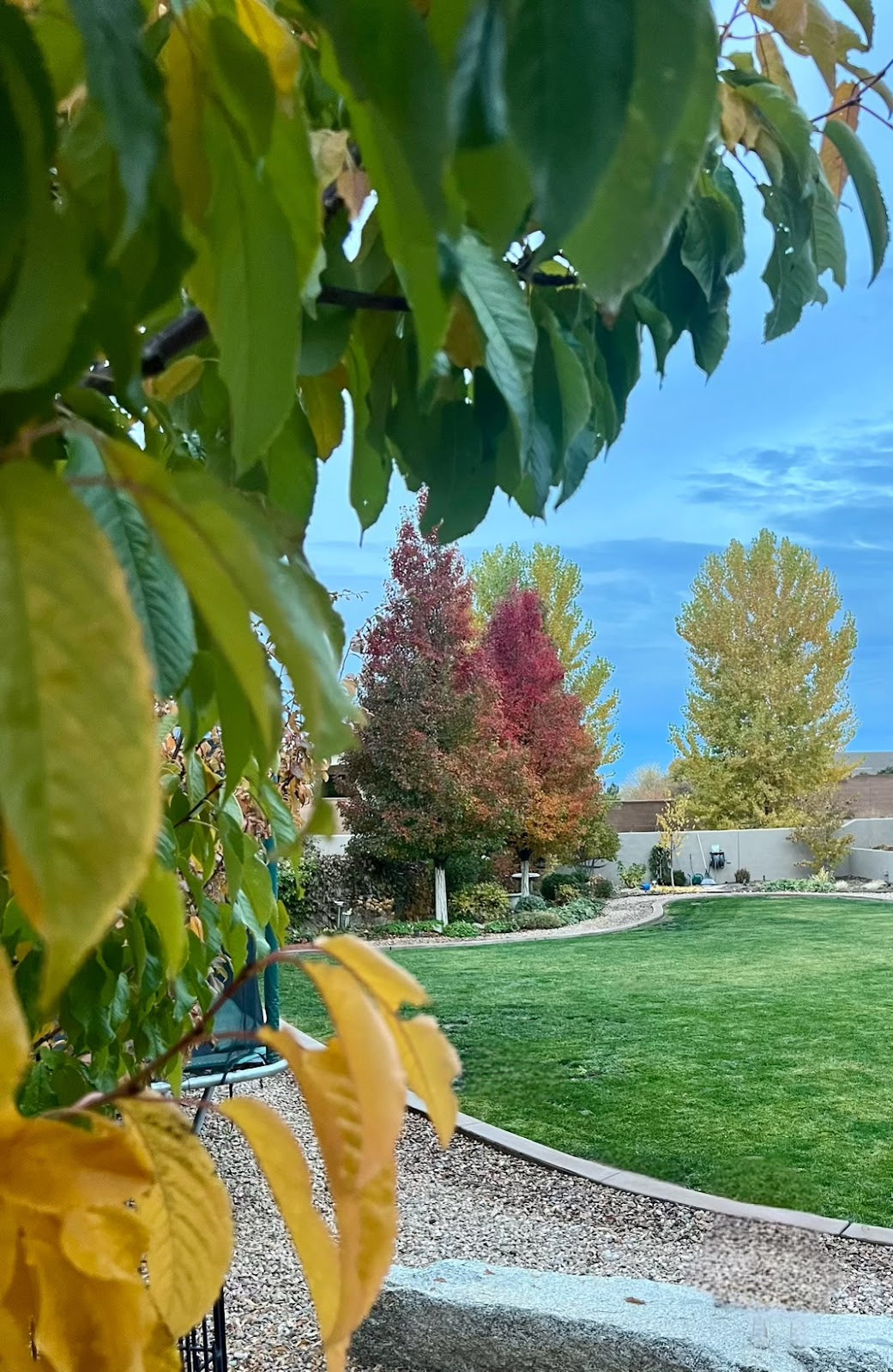August is the perfect time to get started on your fall garden and enjoy healthy veggies harvested right in your own yard through the winter. Our high-desert climate is terrific for growing cool-season crops that thrive in crisp nights and warm days. Here’s how to make the most of it:
1. Timing Is Everything: Frost in Albuquerque usually arrives around mid-October, so aim to sow seeds or transplant starts from mid-August to early September for lettuce, kale, Swiss chard, beets, carrots, radishes, and turnips. For peas or broccoli, seed a bit earlier—early August—to let them establish before the heat wanes. Most cool-season veggies take 45–70 days to harvest, so you’ll be enjoying your bounty by early October.

2. Prep Your Soil: Fall planting gives you a great opportunity to recharge your beds. I recommend starting with a 2–3″ layer of Soilutions Compost across your garden. Gently work it in—no deep tilling needed. This enriches nutrients, improves texture, and feeds your crops all season. If you're filling new raised beds for your fall garden, choose a complete soil that offers aeration and drainage, such as Soilutions Premium Garden Soil.
3. Choose the Right Crop Varieties: Stick to cool-season favorites that love our autumn temps, like leafy greens, brassicas, and root vegetables. Look for fast-maturing types—those labeled “baby,” “15-day,” or “quick-grow.” These are ideal for our shorter fall stretch.
4. Sow and Space Thoughtfully: Direct-seed root crops ½″ deep with rows spaced 8–12″ apart. Thin seedlings promptly—beets and carrots to 2–3″, radishes to 1–2″. For greens, sow a light row, then thin judiciously so plants mature evenly. Transplants of broccoli, kale, or chard should be spaced 12–18″ apart to allow airflow and room to flourish.

5. Water and Mulch: Balance Is Key Fall temps bring cooler days, but our soils dry quickly. Keep soil evenly moist and top with 2″ of organic mulch—like Soilutions Forest Floor Mulch. This protects roots, conserves moisture, and slowly supplies nutrients.
6. Pest Control: A seasonal shift can trigger pest outbreaks—think aphids, whiteflies, and cabbage loopers. Scout daily, remove insects by hand, and encourage beneficial bugs by planting flowers like calendula or nasturtium nearby.

Shade cloth isn’t typically needed in fall, but row covers can protect delicate seedlings from chilly snaps or early frost.To push harvests into late October or early November, cover beds with lightweight row cover when nights dip below 45°F. Carrots, kale, and collards often sweeten after frost and can persist under protection well into winter.
With a little planning and care, your fall garden can be just as bountiful and rewarding as your summer one. Enjoy the cooler weather—and the delicious harvest your efforts bring!
This article is adapted from the Gardening column in New Mexico Marketplace Magazine, which is written monthly by Dawn Dewey, hobby gardener and owner of Soilutions!






